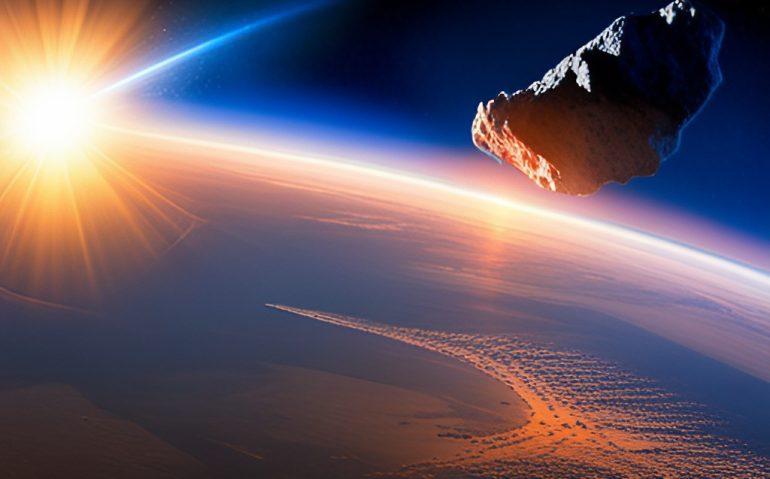UC Santa Barbara Professor Philip Lubin and his students are using AI and NVIDIA RTX A6000 GPUs to accelerate the detection of hazardous asteroids on a collision course with Earth. The initiative, known as PI-Terminal Planetary Defense, funded by NASA, seeks to revolutionize the approach to planetary defense and minimize the threats posed by large asteroids.
Every year, approximately 100 tons of small debris fall to Earth, disintegrating upon entering the atmosphere. However, larger asteroids can pose a significant danger to life on our planet. The PI-Terminal Planetary Defense initiative aims to detect these threats earlier and neutralize them more efficiently.
Traditionally, planetary defense has focused on deflecting asteroids. However, the PI-Terminal Planetary Defense initiative takes a different approach by pulverizing and disassembling the asteroid or comet. By breaking them into smaller fragments, the threat is greatly minimized as the fragments burn up in the Earth’s atmosphere at high altitudes, causing little damage on the ground. This approach allows for much faster mitigation.
Threat Detection, the AI way
To detect these threats, Professor Lubin and his team have harnessed the power of AI. They have developed a neural network called You Only Look Once Darknet, which operates in near real-time, processing images in less than 25 milliseconds. By training the neural network using a large dataset of labeled images, the model can effectively extract low-level geometric features and identify potential threats such as asteroids and comets.
The team has significantly accelerated their image analysis process with the help of NVIDIA’s RTX A6000 GPU and the CUDA parallel computing platform. The processing time for their image subtraction step, which initially took 10 seconds, has been reduced to a mere 0.15 seconds with the implementation of the NVIDIA RTX A6000 GPU. This increased computational power has enabled the team to develop new algorithms, reducing the overall pipeline processing time to just six seconds.
One of the key technical challenges the team faced was the GPU memory requirement and the runtime of the training processes. As the project expanded and the datasets grew, they needed a GPU capable of handling large file sizes. The RTX A6000’s 48GB of memory provided the necessary capacity to handle complex graphics and datasets without compromising performance.
The team conducts simulations that demonstrate various aspects of the project, including ground effects from shock waves and optical light pulses generated by fragments burning in the Earth’s atmosphere. These simulations run on custom-developed codes written in C++, Python, and CUDA, utilizing the computational power of multiple Intel Xeon processors and NVIDIA RTX A6000 GPUs.
Advanced Threat Detection
Additionally, the team utilizes the NASA Advanced Supercomputing (NAS) facility at the NASA Ames Research Center for simulations involving hypervelocity intercepts of threat fragments. The NAS facility, equipped with Intel Xeon CPUs and NVIDIA RTX A6000 GPUs, offers over 13 petaflops of computing performance.
By combining AI algorithms, powerful GPUs, and advanced simulations, Professor Lubin and his team at UCSB are at the forefront of developing cutting-edge technology for planetary defense. Their work not only aims to detect threats sooner but also to provide rapid and efficient mitigation strategies, safeguarding our planet from potential catastrophic events caused by hazardous space objects.







